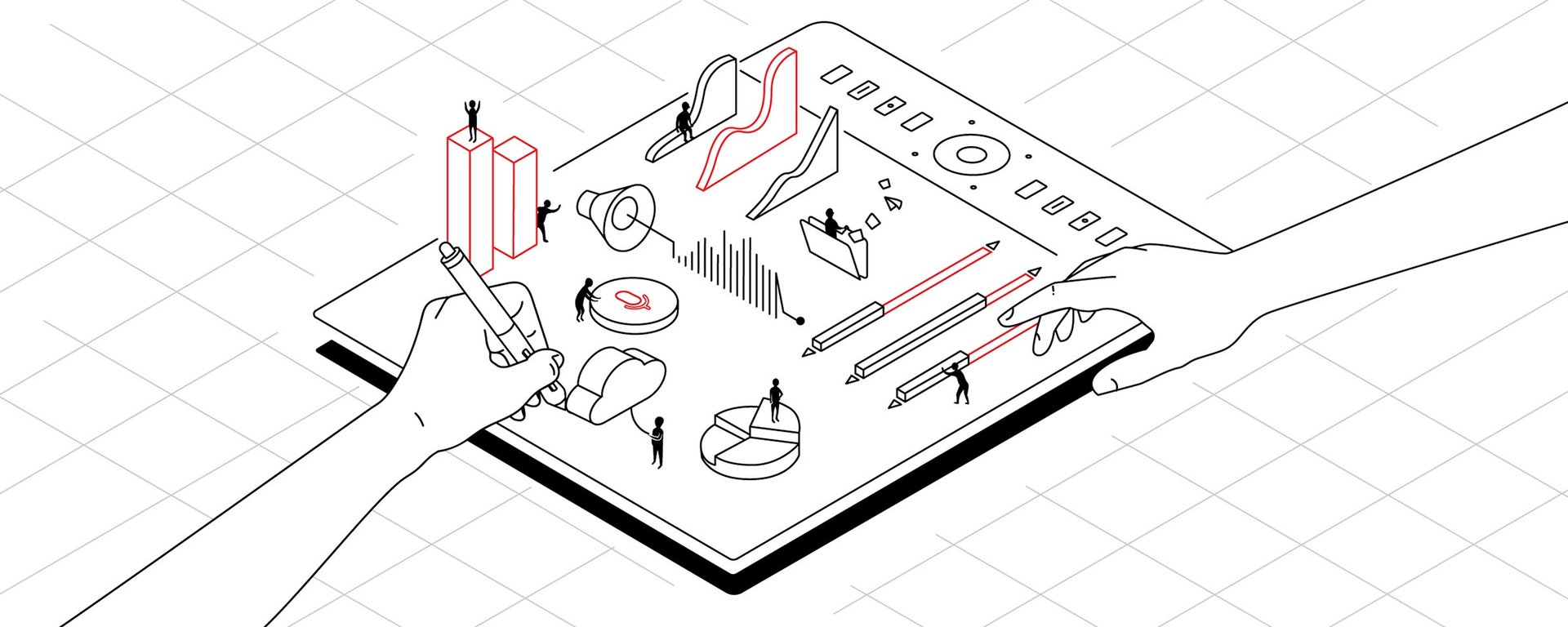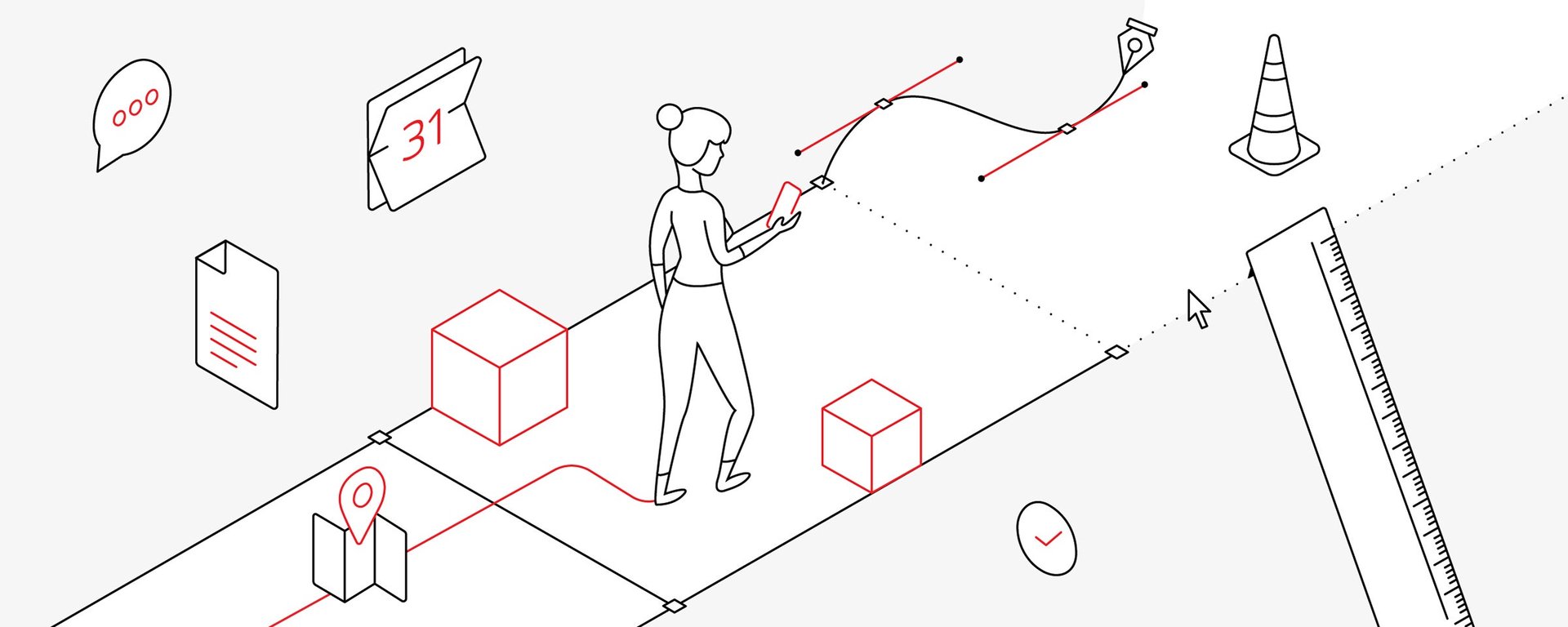Designers must create for an increasingly connected world
Before the smartphone, mobile games had simple 2D interfaces that required a click of a physical button to trigger a move, like Snake, the addictive classic from Nokia. A year ago, the world chased virtual Pokémon characters around neighborhoods in real life.


Before the smartphone, mobile games had simple 2D interfaces that required a click of a physical button to trigger a move, like Snake, the addictive classic from Nokia. A year ago, the world chased virtual Pokémon characters around neighborhoods in real life.
Now the daytime game show has been retooled for digital natives with HQ, a live trivia app that broadcasts at 9 pm US eastern daily and also at 3 pm on weekdays. Players compete for a shot to win a slice of a to-be-unveiled purse by answering 12 questions correctly in under 10 seconds each. Get one question wrong, and you’re eliminated.
The game seemingly grew overnight. On December 11, 2017, HQ had 3,300 concurrent players. By mid-January, HQ had reached 1 million players for a single game. The app is still low tech on the front end, but beyond the screen, this operation was pretty complex.
Co-founder and CEO Rus Yusupov hadn’t just designed a mobile trivia game that has amassed a following harkening back to The Price Is Right or Jeopardy! in the 1990s. He has created a whole new habit for today’s connected consumer. Every day, you can drop what you’re doing and join “HQties” on a quest to win prize money ranging anywhere from $2,500 to $18,000 per game, the latter of which was the case for New Year’s Eve.
Today’s consumers are unlocking all sorts of new opportunities with which brands can engage them, driven by endless data. Every time you pin, like, Google, swipe right or left, or summon Alexa or Siri, you are giving off cues, preferences, and little nuggets of personal insight that inform what these platforms present to you.
“Data is adding a dynamic life to products and services,” says Rich Ting, EVP, Global Chief Experience Officer, R/GA. “If you’re a retailer, for example, and a shopper opens up your app, personal data from your consumers should allow you to customize and personalize the content, the offers, the deals and the experiences they have.”
In today’s connected world, marketers can no longer spray the same message across multiple channels. Brands must now think about how their messages will live across a multitude of consumer touch points, everything from the screens of their smartphones to the connected devices that are in their homes.
Their products must blend seamlessly into daily life; they must become a natural extension of consumers’ already-ingrained behaviors.
“Design needs to become more of a team sport,” Ting says. “If a visual designer is put on a team to create an AI-based service, he or she will need to either upskill or find the right partners.”
Devices such as the Echo have now become increasingly present in US homes. As of last September, Amazon sold an estimated 15 million Echo devices since its launch, while Google sold 5 million Home devices, as reported by Fortune.
Amazon and Google have designed an intricate web of connected products and services around individual users, a feat many companies hope to replicate one day. As Ting puts it, creating these types of ecosystems is the holy grail for brands today.
But, Ting warns, ecosystems are not built overnight. Many brands—facing disruption from new direct-to-consumer, digital-native players—still struggle with creating at least one product or service that adds value to their consumers. Therefore, designing things that matter is more important than ever.

“Brands need to have a deeper connection with their consumers and reclaim their relationship with them from the third-party retailers who currently own it,” Ting says. “Once brands develop one or two digital products or services that add value to their consumers’ lives, tracking that data will lead to better experiences down the line.”
To start creating the right products and services, Ting suggests walking every viable idea through these five lenses:
- Will this new thing drive business?
- Does it solve a user need, and is it even technologically feasible?
- What is your brand differentiator?
- How does this product or service uniquely fit within the brand?
- Will it fit well with today’s culture?
“Experience designers play a big role, but we’re just one ingredient,” Ting says. “There has to be technologists, visual designers, brand people, consultants—all of them need to be at the table.”
This article was produced by R/GA and not by the Quartz editorial staff.